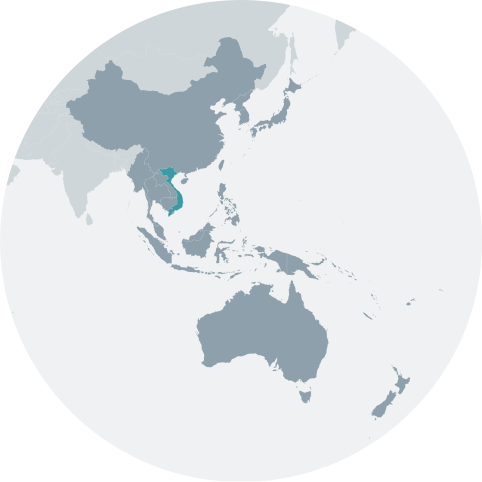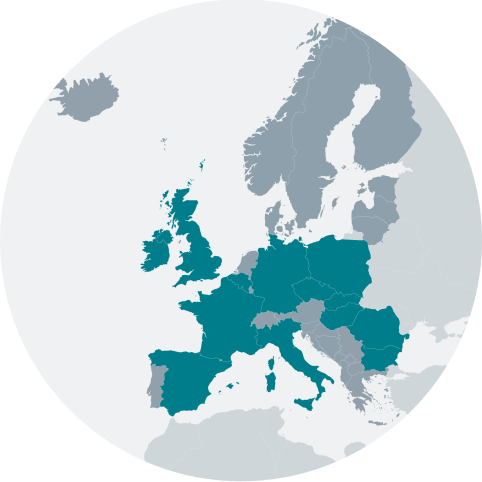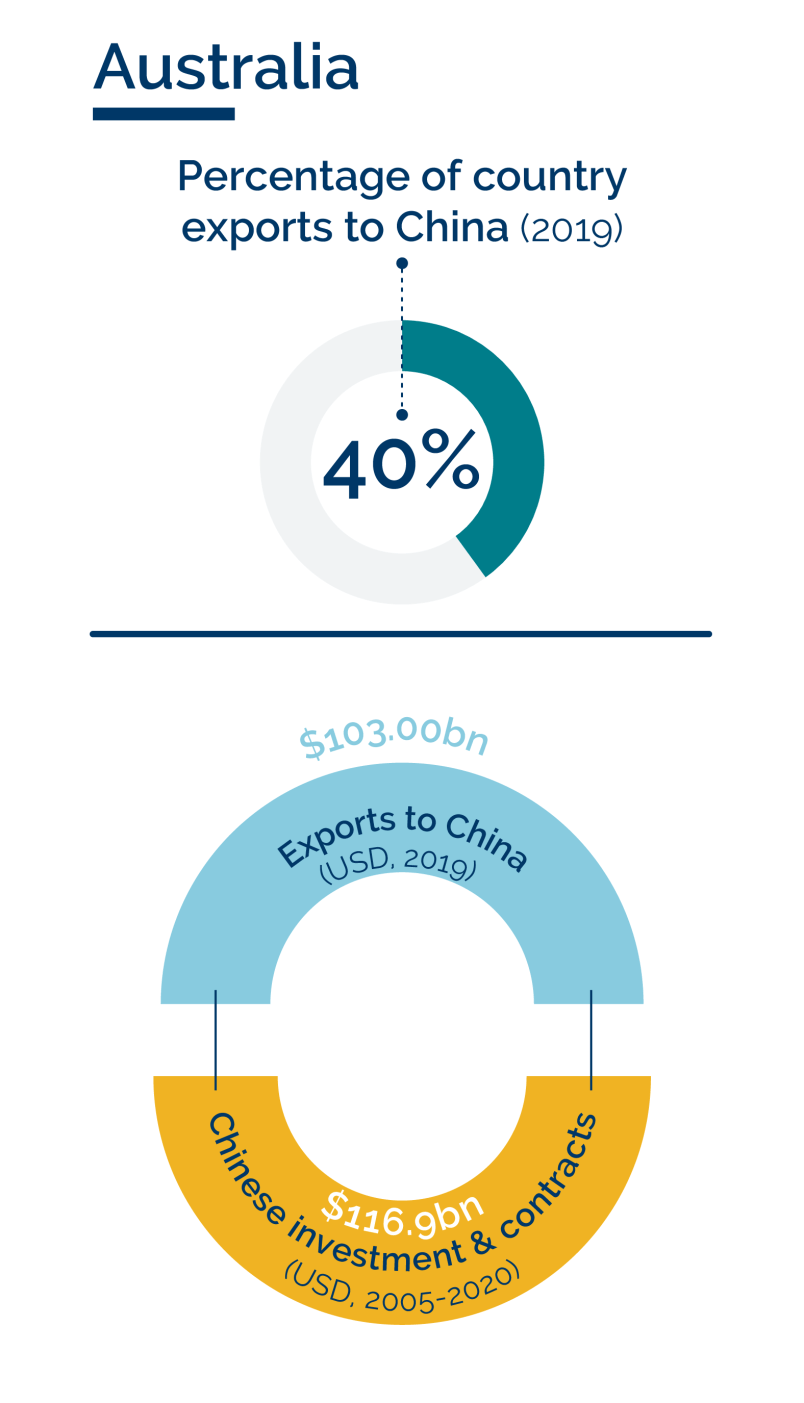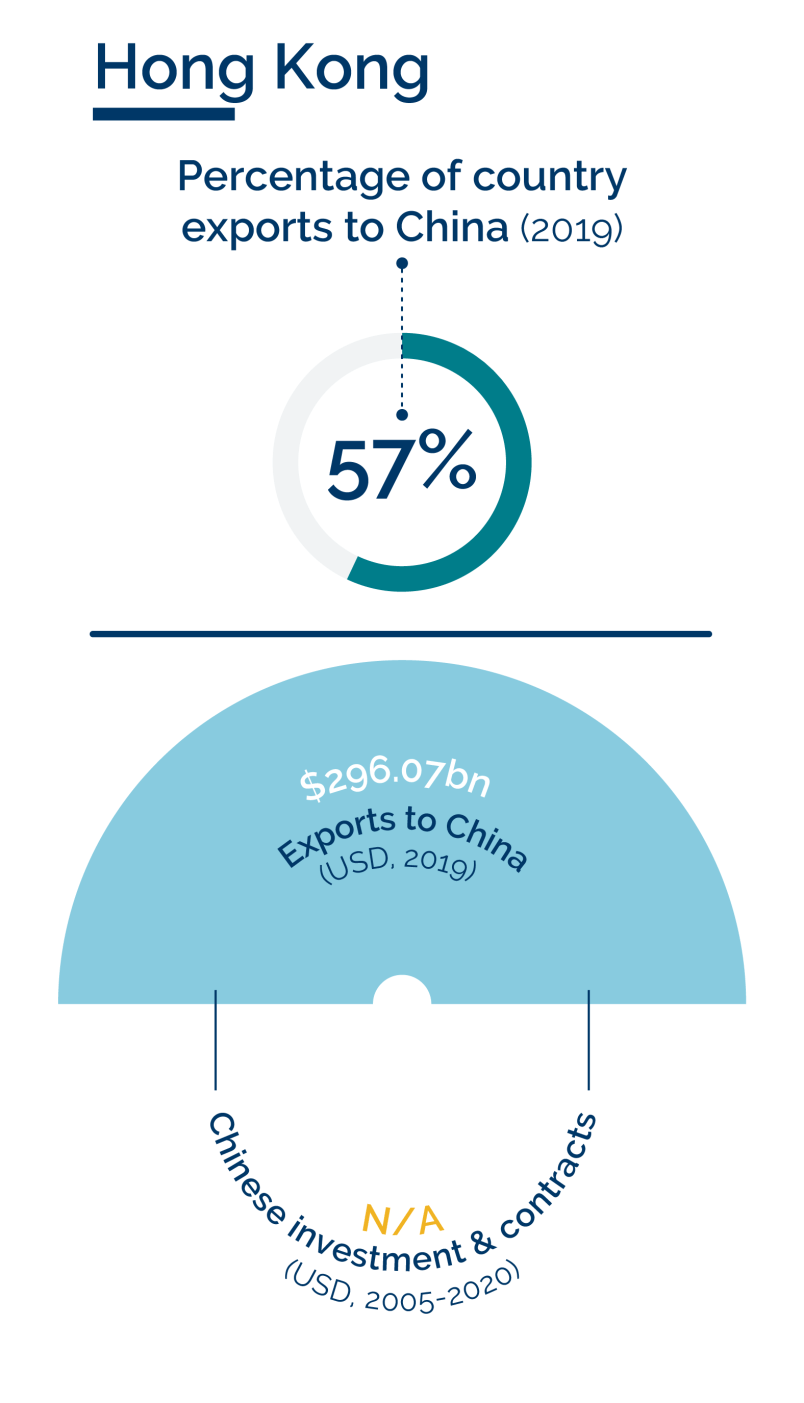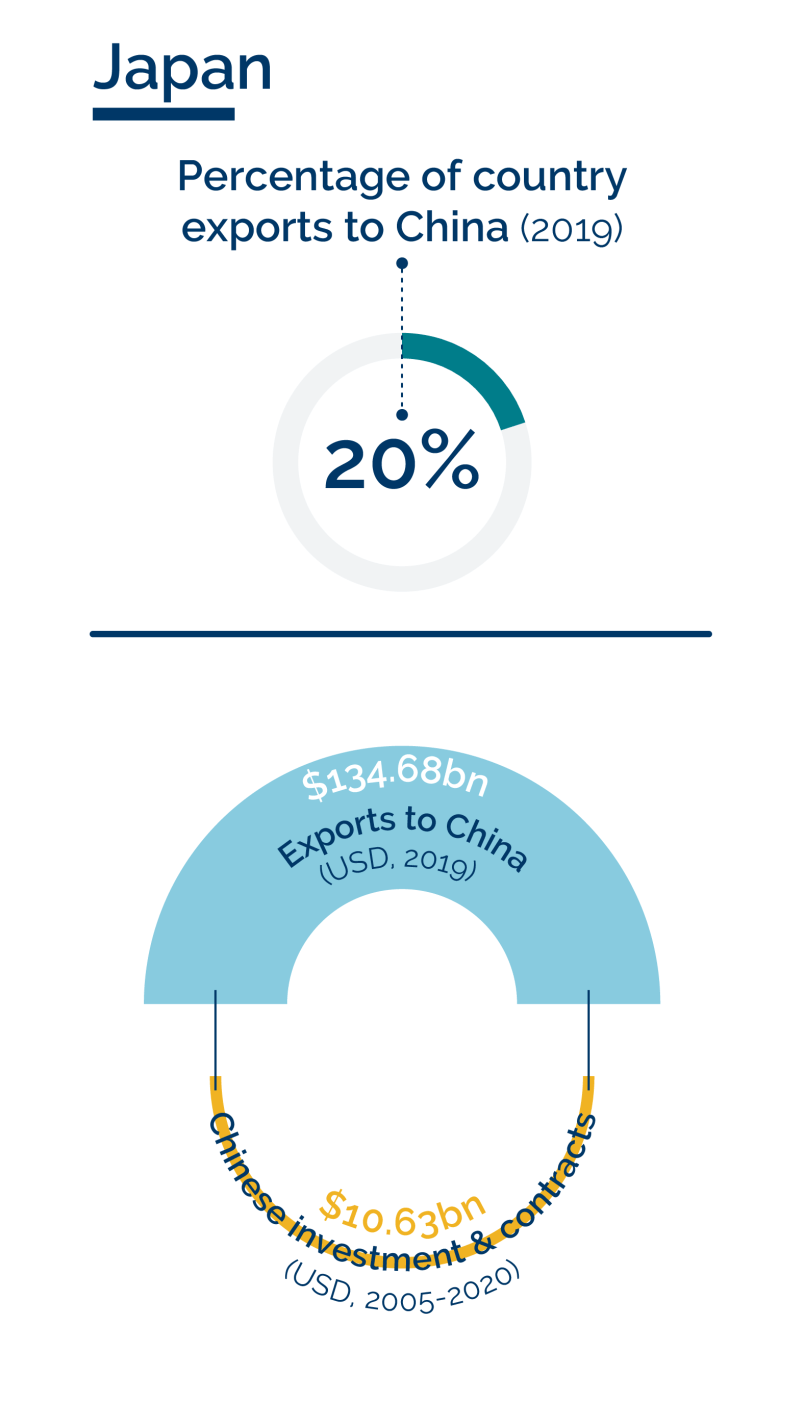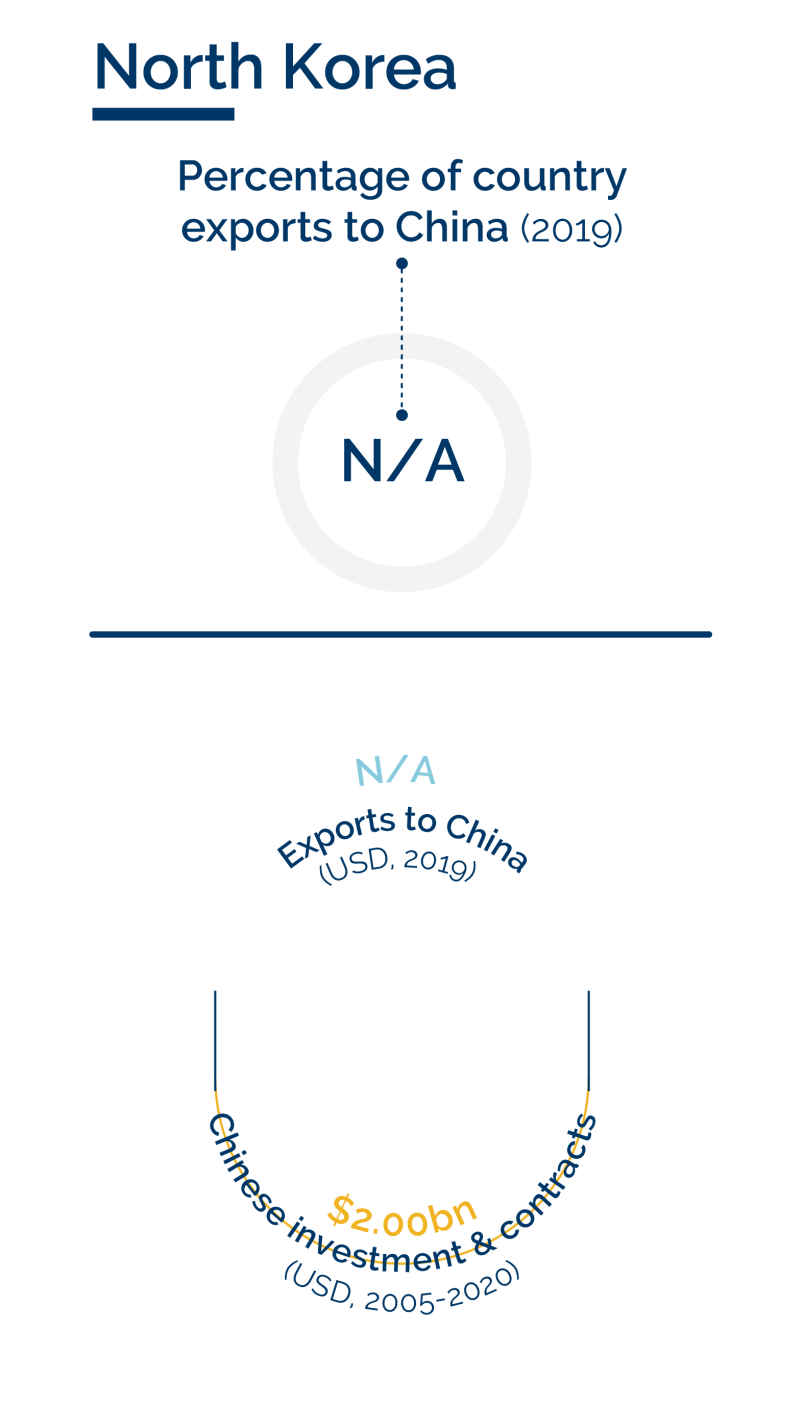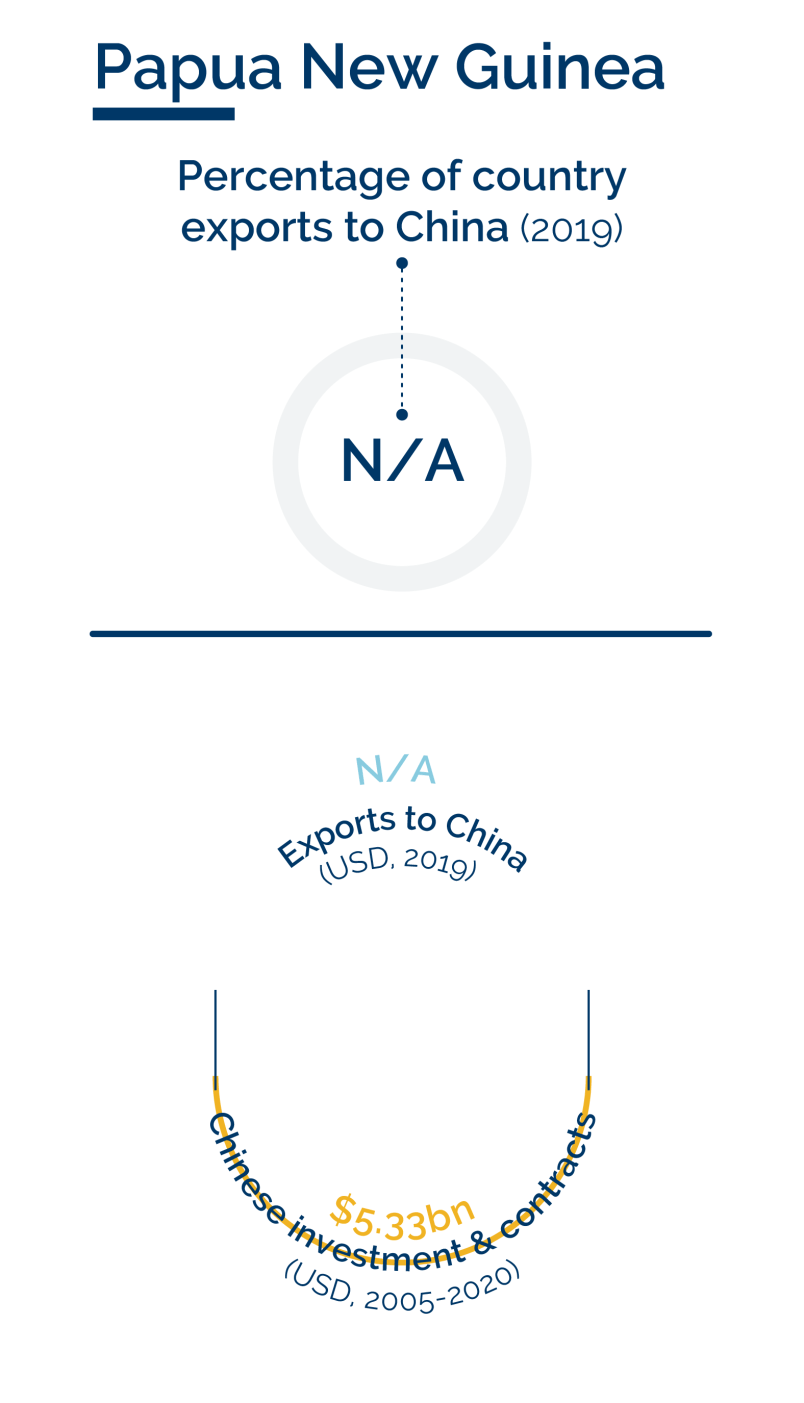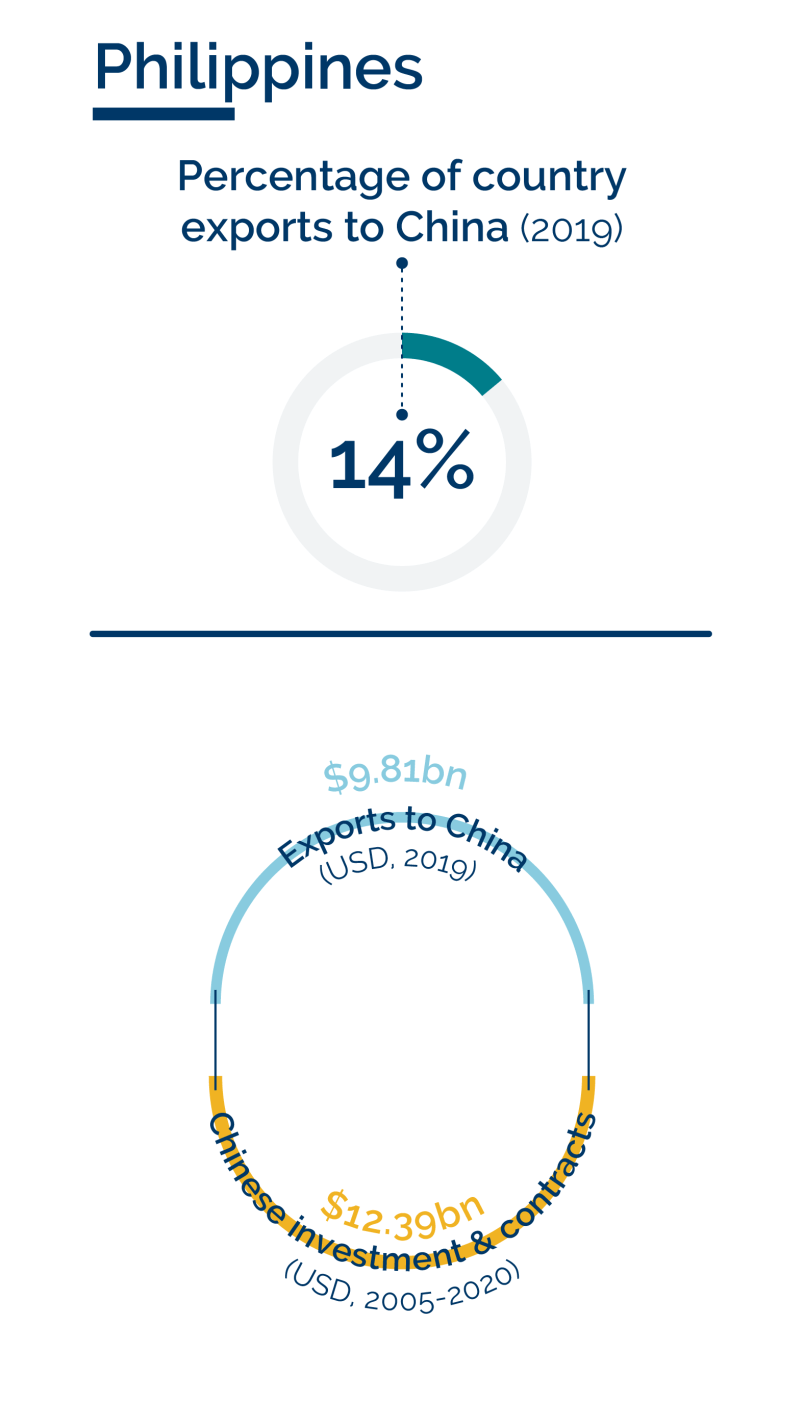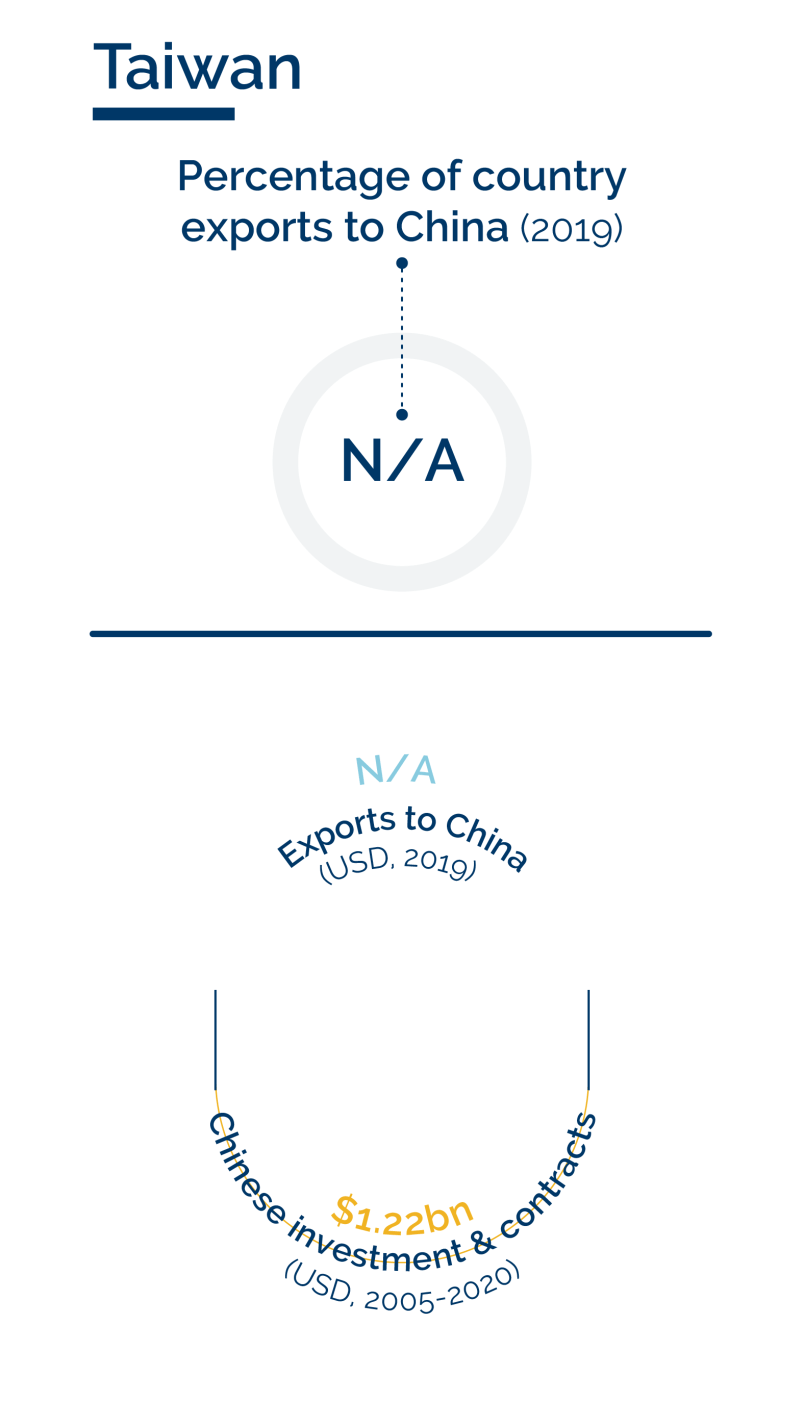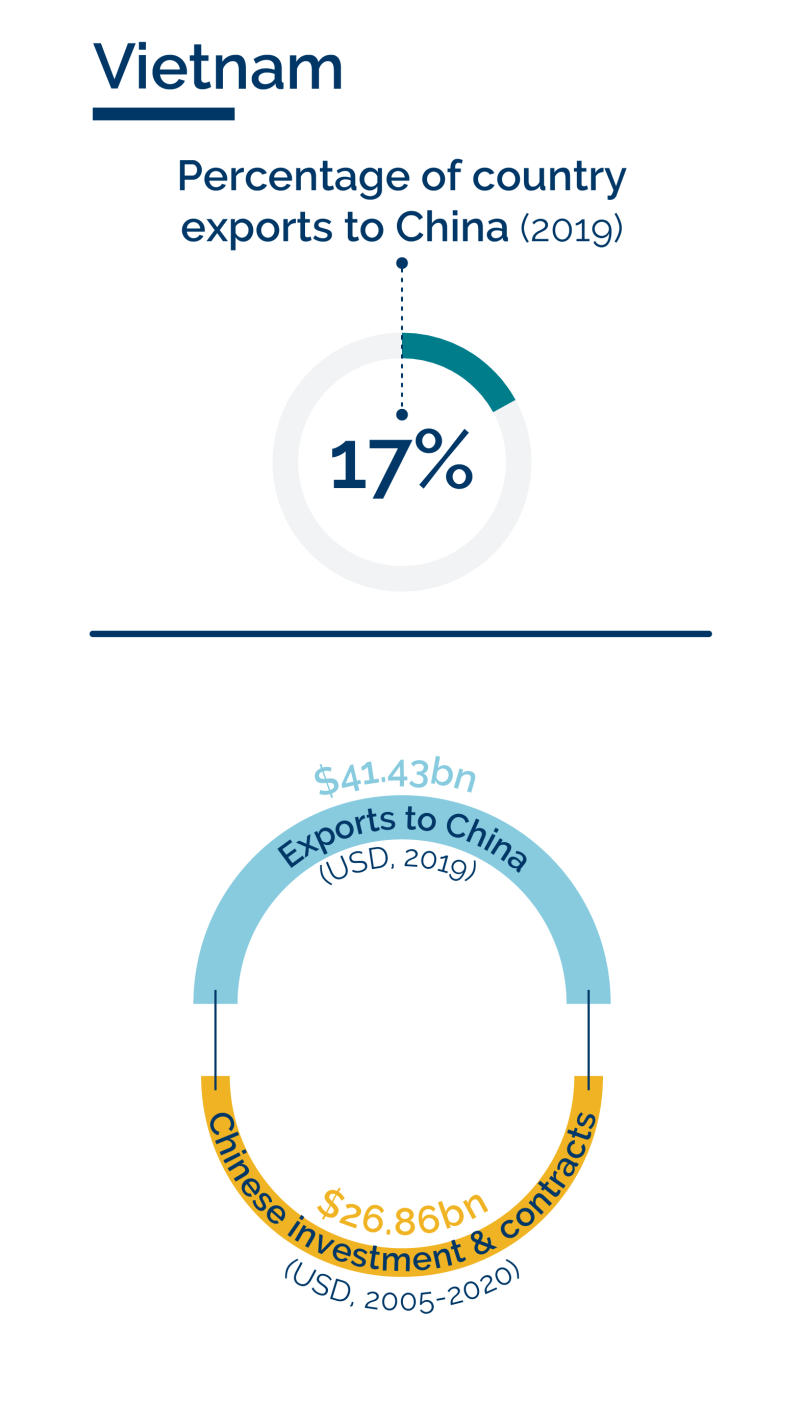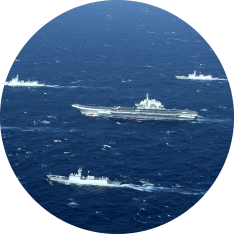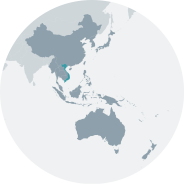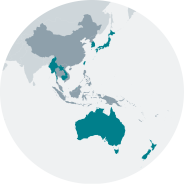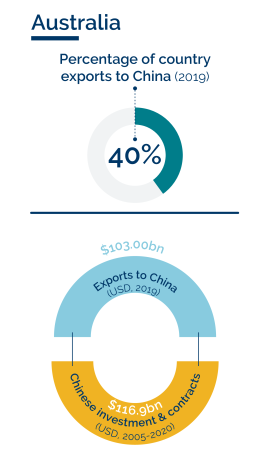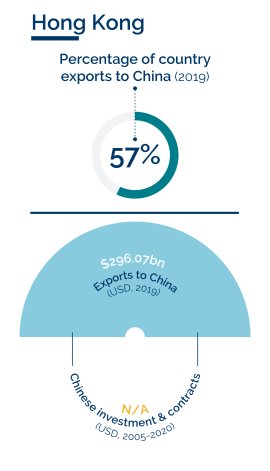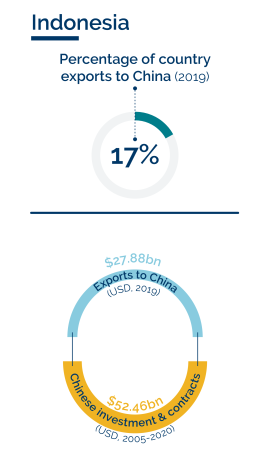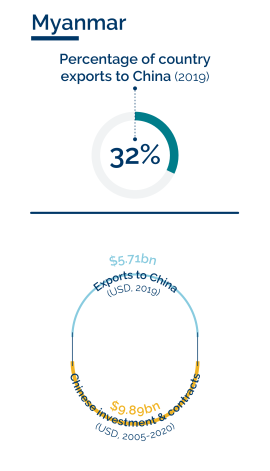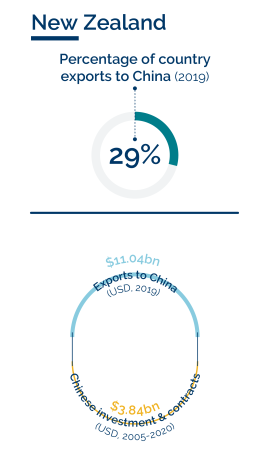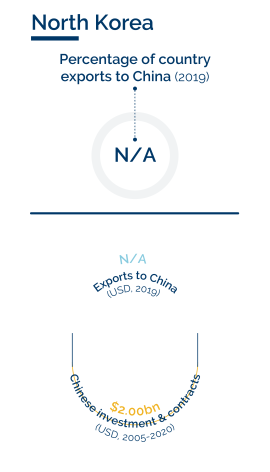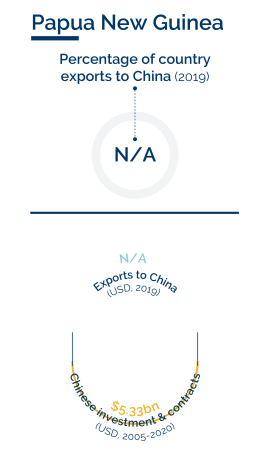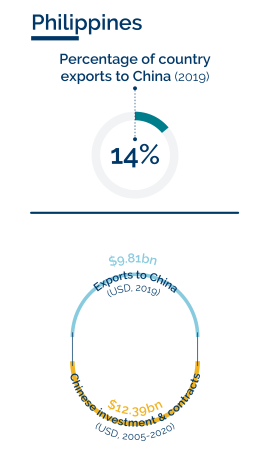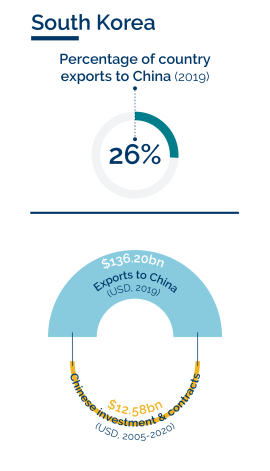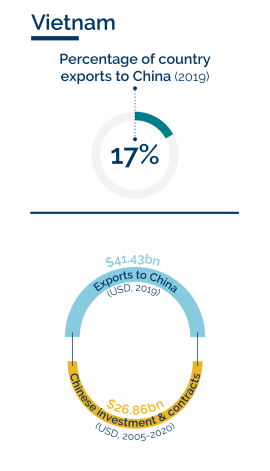

CONSISTENT
WORSENING
IMPROVING
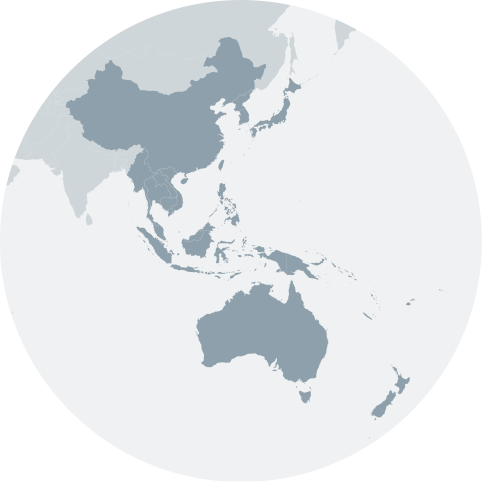
Overall trend: Worsening
Image: Antonio Masiello/Getty Images
US-China relations are unlikely to improve in 2021, despite a probable change of tone with Joe Biden as US president. The relationship is likely to remain adversarial at its root. This trend reflects the sense of urgency over the competition and rivalry between them, particularly from a US standpoint. It is essentially a struggle for dominant control of flows of capital, information, commodities and services that are necessary to preserve or attain the standing of a global high-tech superpower. The stakes for both are high and the Asia Pacific region is on the front line.
In 2021, the US is likely to find that, short of an unlikely blunder by Beijing, it has simply lost too much ground in the region to pull its allies out of China’s economic orbit. Indeed, China has significant opportunities in 2021 to vigorously dominate regions beset by the economic fallout of Covid-19 and further its strategic goals. Beijing is likely to try to bind its neighbours into greater bilateral economic dependency. Caught between the force and torque of China-US competition, regional powers will struggle to balance relations with both, although all will undoubtedly try.
We anticipate that the Biden administration will remain consistent in broader US strategy of countering China’s growing dominance and control of smaller states, markets and supply chains on multiple fronts. And that it will probably focus on strengthening its regional alliances and move towards greater political, military and economic engagement in the Asia Pacific. This means re-deployment of troops into military bases in Asia and diplomatic efforts to reinvigorate relations with ASEAN throughout 2021. But this is unlikely to stop countries engaging with China to ensure their economic stability.
Against this backdrop, we forecast that China's pursuit of its territorial claims is likely to intensify in 2021. Its actions in Hong Kong and on the border with India in 2020 signal that Beijing is willing to apply a greater degree of coercion and pressure to achieve its strategic goals. It looks more probable than it has in decades that China will risk provoking low-intensity crises along its Himalayan border, the Taiwan Strait and in the South China Sea, as a way to press its objectives and resolve disputes in its favour. But it will carefully avoid escalation to a full-scale military conflict.

While military posturing is a risk, the most probable threat comes from other elements of China’s hybrid warfare strategies that avoid open confrontation. Disinformation, propaganda, diplomatic coercion, cyber and electronic warfare, provocative military deployments and the use of proxies to create unsettled conditions are all examples of this. China is likely to use these methods to pressure states that obstruct its path, but also to undermine the US-led multilateral system and international institutions.
The passing of a new security law in Hong Kong in July last year demonstrates this hybrid approach, and showed that Beijing is evidently no longer deterred by political or economic backlashes to fulfil strategic objectives. This seems particularly so when it comes to the question of asserting China's ‘core interests’, including its territorial integrity and sovereignty. Its approach in Hong Kong showed it is willing to incur US sanctions and other measures in 2021 that are likely to erode business confidence in its territory.
China's strategy of coercive diplomacy will probably intensify towards states and other actors that recognise and support Taiwan. This is likely to motivate Taipei to strengthen its security relationship with the US through increased arms purchases and direct exchanges in 2021. It is also likely to fuel domestic support for politicians in Taiwan who reject the prospect of unification with mainland China. Such moves would probably only make Beijing increase the pressure further.
As tension builds, the US will need to decide if and how it signals more strongly and overtly its security backing for the island. This may prompt China to test the credibility of US deterrence and security guarantees. This means provocative Chinese military exercises in the Taiwan Strait in 2021 would probably become more frequent and unsettling. This pressure campaign is likely to be replicated in other areas – including trying to hive off Taiwan’s remaining diplomatic allies. All of
this places Taiwan on a major geopolitical fault line in 2021.
There appear to be few options for the US to contain China’s grand strategy at this point. And the economic effects of Covid-19 will probably weaken US attempts to counter China’s efforts to bind regional economies into greater dependency. Regional states will almost certainly wish to preserve their long-standing attempts to balance relations with China and the US. But we forecast that Cambodia, Indonesia, Myanmar and the Philippines will all move towards greater economic cooperation with Beijing to address pressure on their domestic economies and offset the political risks of social unrest.
In Singapore, for example, the prime minister has repeatedly expressed his reluctance to choose sides between the US and China, the city state’s largest investor and trading partner, respectively. Despite the re-election of the governing party in 2020, its popularity has declined. With falling employment and the worst quarterly GDP contraction on
record reported in July, containing the economic fallout of Covid-19 will dominate the government's focus in 2021. So disruptions to ties with China seem unlikely. Singapore’s dilemma is also a regional one: China has positioned itself as the source of both stability and instability. The US may remain the global superpower, but China is the regional hegemon.
It looks more probable than it has in decades that China will risk provoking low-intensity crises along its Himalayan border, the Taiwan Strait and in the South China Sea as a way to press its objectives and resolve disputes in its favour. But it will carefully avoid escalation to full-scale military conflict.


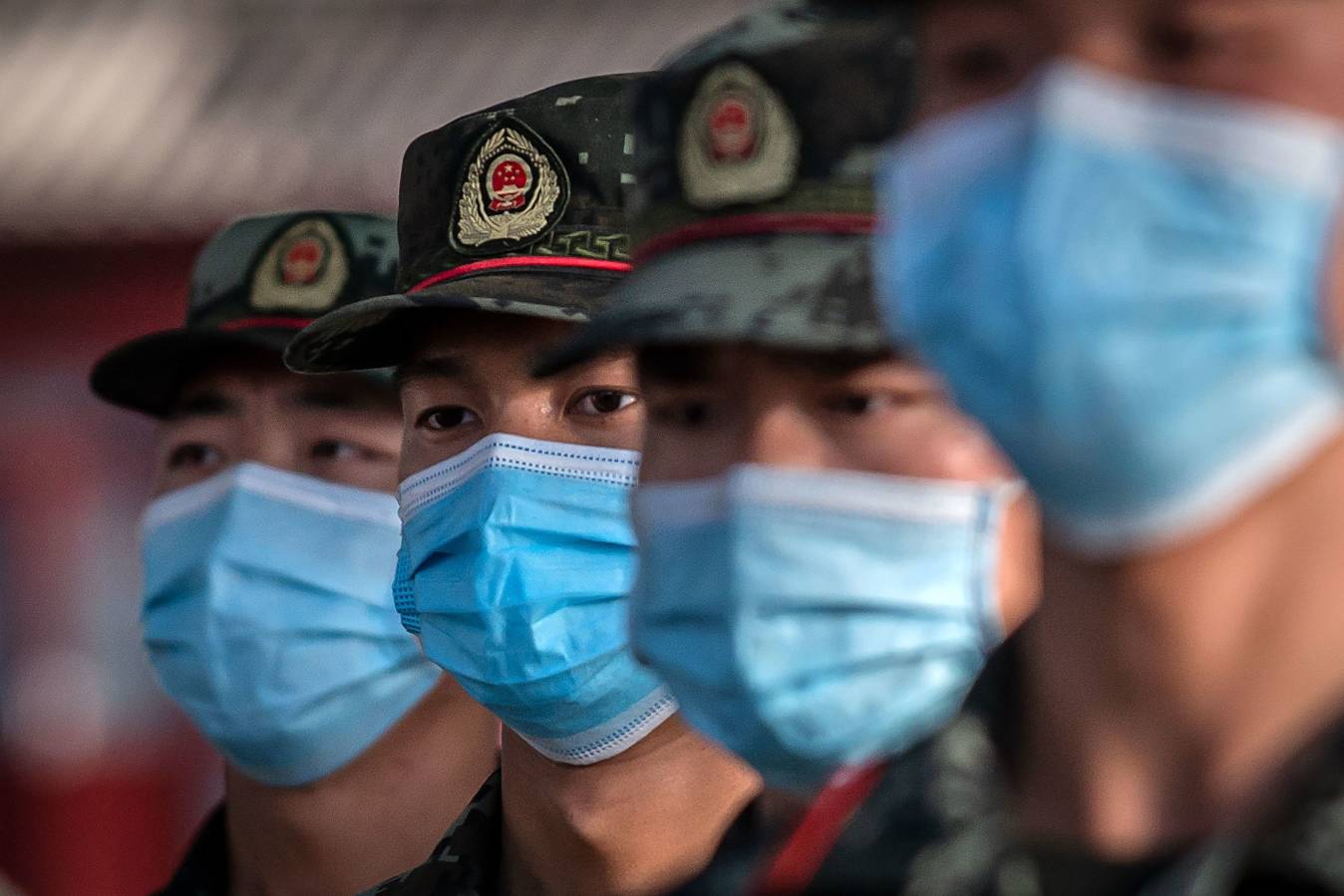

Image: Getty Images
Image: Nicolas Asfouri/Getty Images
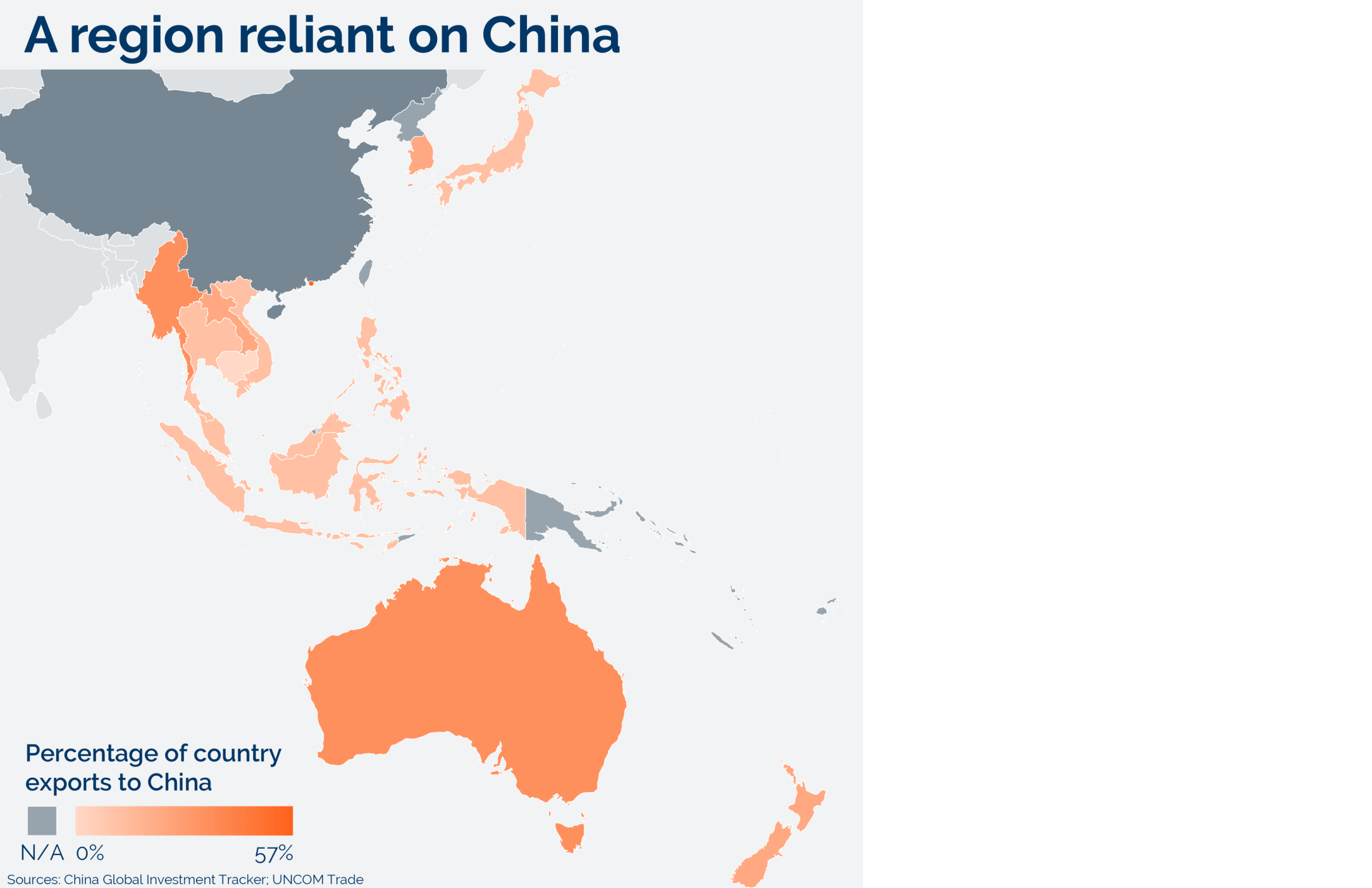

Tap or hover over each country
to see more

Forecasts
The likelihood of attacks by local Islamic State supporters and foreign terrorist fighters who returned home after having joined IS in Syria appears on the rise. The capacity of these to organise will be probably diminished given the curbs on cross-border activity due to Covid-19. But periods of lockdown are likely to contribute to an increase in radicalisation and extremism prompting individuals to carry out sporadic attacks.
Rising terrorism threat in Indonesia and Malaysia
We forecast that North Korea will probably step up provocations and brinkmanship to pressure South Korea in 2021, in an effort to obtain sanctions relief and restart US engagement. This is all the more likely given the impacts of a suspected Covid-19 outbreak in North Korea. Displays of missile and nuclear capability are probable particularly as a response to any US-South Korea military exercises.
North Korea increases pressure on the south
Pro-democracy protests in Thailand look likely to become more intense and critical of the monarchy in 2021. This would mark a direct challenge to the established order and present a serious test of the country's stability as violent suppression becomes progressively likely.
Escalation of protest campaign in Thailand
Forecasts




Outliers







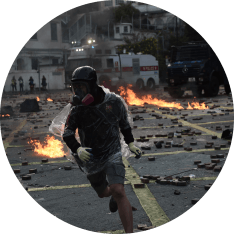
Terrorist CAMPAIGN in Hong Kong


Monitoring Points

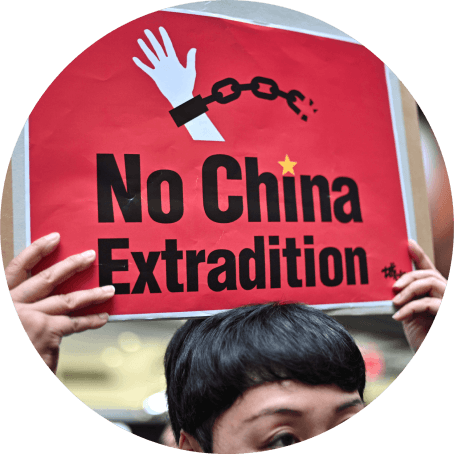


Spillover of protests from Thailand into Laos and Cambodia
Concessions to anti-government activists in Thailand would probably inspire activists in other nearby countries and lead to a spillover of social unrest and activism into Cambodia and Laos. Both share similarities with Thailand in terms of history and language, and have in the past experienced similar anti-government protests. Any such contagion effect would probably be preceded by social media campaigns with common hashtags used by protestors in the three countries.
Rising authoritarianism in the Philippines
Increase in social discontent in the Philippines would probably indicate that the authorities are enforcing the new anti-terrorism act and cyber libel law to emulate censorship among critics of the government and crackdown on the opposition. Such steps would be either in line with or add to the already eroding legal protection in the country under the government of President Duterte.
Extradition of Hong Kong activists to the mainland
The transfer of detained pro-democracy activists to the mainland under a new security law passed in 2020, would signal the determination of Chinese authorities to use the law as a de-facto extradition treaty. 'It would also signal that Hong Kong to all intents and purposes lost its political and judicial independence, creating new risks for business and foreigners in the territory.
Images: Ye Aung Thu; AFP Contributor; STR; Mladen Antonov; Anthony Wallace; Ezra Acayan/Getty Images


Overall trend: Worsening

CONSISTENT
WORSENING
IMPROVING
Image: Antonio Masiello/Getty Images

US-China relations are unlikely to improve in 2021, despite a probable change of tone with Joe Biden as US president. The relationship is likely to remain adversarial at its root. This trend reflects the sense of urgency over the competition and rivalry between them, particularly from a US standpoint. It is essentially a struggle for dominant control of flows of capital, information, commodities and services that are necessary to preserve or attain the standing of a global high-tech superpower. The stakes for both are high and the Asia Pacific region is on the front line.
In 2021, the US is likely to find that, short of an unlikely blunder by Beijing, it has simply lost too much ground in the region to pull its allies out of China’s economic orbit. Indeed, China has significant opportunities in 2021 to vigorously dominate regions beset by the economic fallout of Covid-19 and further its strategic goals. Beijing is likely to try to bind its neighbours into greater bilateral economic dependency. Caught between the force and torque of China-US competition, regional powers will struggle to balance relations with both, although all will undoubtedly try.
We anticipate that the Biden administration will remain consistent in broader US strategy of countering China’s growing dominance and control of smaller states, markets and supply chains on multiple fronts. And that it will probably focus on strengthening its regional alliances and move towards greater political, military and economic engagement in the Asia Pacific. This means re-deployment of troops into military bases in Asia and diplomatic efforts to reinvigorate relations with ASEAN throughout 2021. But this is unlikely to stop countries engaging with China to ensure their economic stability.
Against this backdrop, we forecast that China's pursuit of its territorial claims is likely to intensify in 2021. Its actions in Hong Kong and on the border with India in 2020 signal that Beijing is willing to apply a greater degree of coercion and pressure to achieve its strategic goals. It looks more probable than it has in decades that China will risk provoking low-intensity crises along its Himalayan border, the Taiwan Strait and in the South China Sea, as a way to press its objectives and resolve disputes in its favour. But it will carefully avoid escalation to a full-scale military conflict.
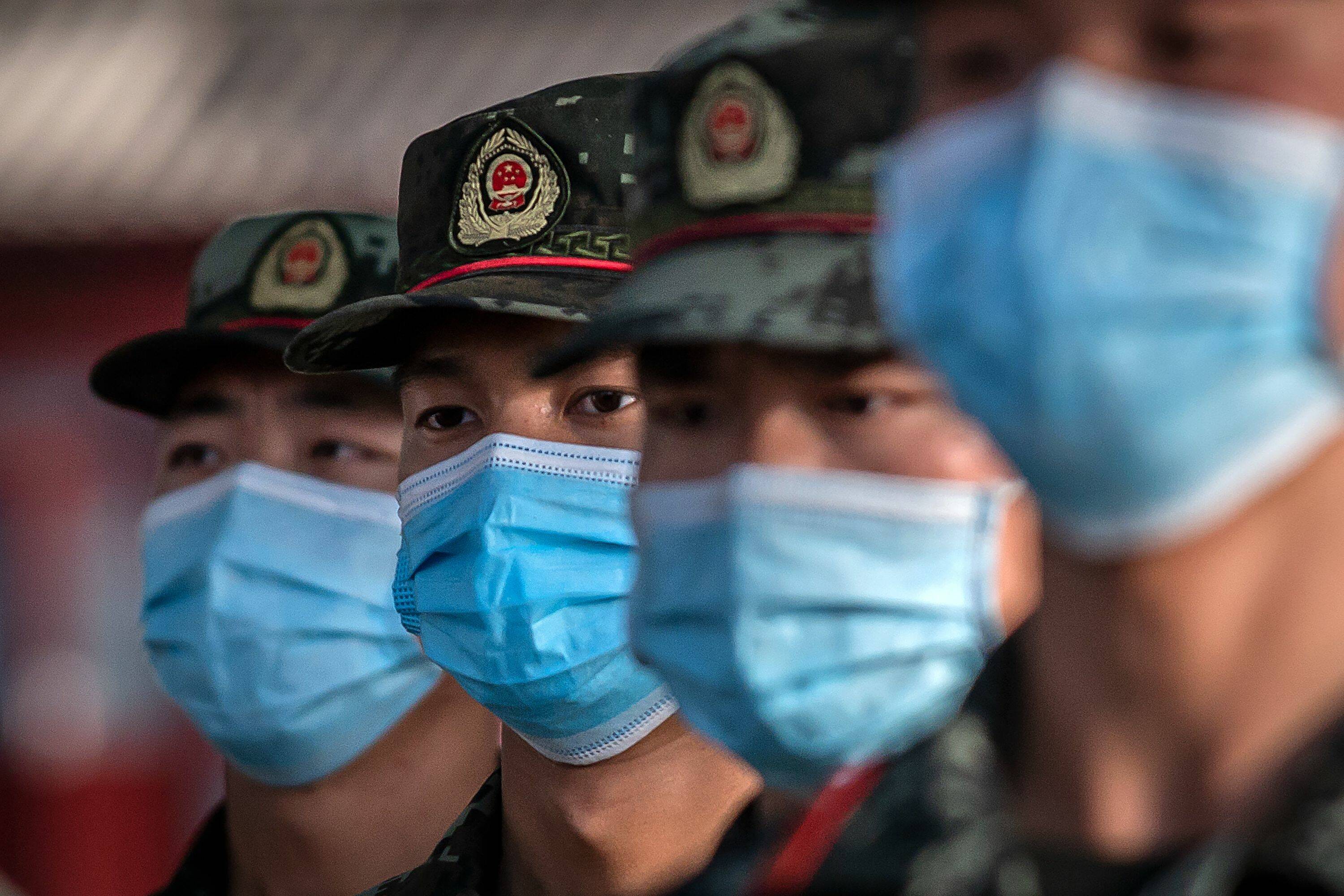
While military posturing is a risk, the most probable threat comes from other elements of China’s hybrid warfare strategies that avoid open confrontation. Disinformation, propaganda, diplomatic coercion, cyber and electronic warfare, provocative military deployments and the use of proxies to create unsettled conditions are all examples of this. China is likely to use these methods to pressure states that obstruct its path, but also to undermine the US-led multilateral system and international institutions.
The passing of a new security law in Hong Kong in July last year, showed that Beijing is evidently no longer deterred by political or economic backlashes to fulfil strategic objectives, and demonstrates this hybrid approach. This seems particularly so when it comes to the question of asserting China's ‘core interests’, including its territorial integrity and sovereignty. Its approach in Hong Kong showed it is willing to incur US sanctions and other measures in 2021 that are likely to erode business confidence in its territory.
China's strategy of coercive diplomacy will probably intensify towards states and other actors that recognise and support Taiwan. This is likely to motivate Taipei to strengthen its security relationship with the US through increased arms purchases and direct exchanges in 2021. It is also likely to fuel domestic support for politicians in Taiwan who reject the prospect of unification with mainland China. Such moves would probably only make Beijing increase the pressure further.
As tension builds, the US will need to decide if and how it signals more strongly and overtly its security backing for the island. This may prompt China to test the credibility of US deterrence and security guarantees. This means provocative Chinese military exercises in the Taiwan Strait in 2021 would probably become more frequent and unsettling. This pressure campaign is likely to be replicated in other areas – including trying to hive off Taiwan’s remaining diplomatic allies. All of this places Taiwan on a major geopolitical fault line in 2021.
There appear to be few options for the US to contain China’s grand strategy at this point. And the economic effects of Covid-19 will probably weaken US attempts to counter China’s efforts to bind regional economies into greater dependency. Regional states will almost certainly wish to preserve their long-standing attempts to balance relations with China and the US. But we forecast that Cambodia, Indonesia, Myanmar and the Philippines will all move towards greater economic cooperation with Beijing to address pressure on their domestic economies and offset the political risks of social unrest.
In Singapore, for example, the prime minister has repeatedly expressed his reluctance to choose sides between the US and China, the city state’s largest investor and trading partner, respectively. Despite the re-election of the governing party in 2020, its popularity has declined. With falling employment and the worst quarterly GDP contraction on
record reported in July, containing the economic fallout of Covid-19 will dominate the government's focus in 2021. So disruptions to ties with China seem unlikely. Singapore’s dilemma is also a regional one: China has positioned itself as the source of both stability and instability. The US may remain the global superpower, but China is the regional hegemon.
Image: Getty Images
Image: Nicolas Asfouri/Getty Images
It looks more probable than it has in decades that China will risk provoking low-intensity crises along its Himalayan border, the Taiwan Strait and in the South China Sea as a way to press its objectives and resolve disputes in its favour, albeit carefully avoiding escalation to full-scale military conflict.


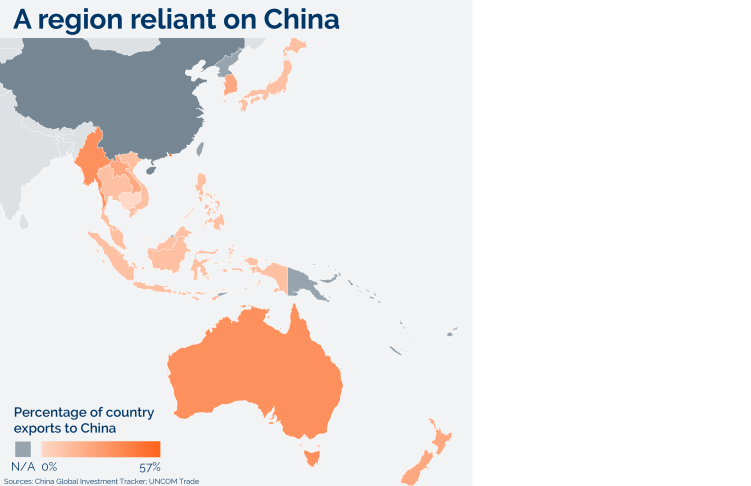

Click on a country
to see more
Forecasts
Pro-democracy protests in Thailand look likely to become more intense and critical of the monarchy in 2021. This would mark a direct challenge to the established order and present a serious test of the country's stability as violent suppression becomes progressively likely.
Escalation of protest campaign in Thailand
The likelihood of attacks by local Islamic State supporters and foreign terrorist fighters who returned home after having joined IS in Syria appears on the rise. The capacity of these to organise will be probably diminished given the curbs on cross-border activity due to Covid-19. But periods of lockdown are likely to contribute to an increase in radicalisation and extremism prompting individuals to carry out sporadic attacks.
Rising terrorism threat in Indonesia and Malaysia
We forecast that North Korea will probably step up provocations and brinkmanship to pressure South Korea in 2021, in an effort to obtain sanctions relief and restart US engagement. This is all the more likely given the impacts of a suspected Covid-19 outbreak in North Korea. Displays of missile and nuclear capability are probable particularly as a response to any US-South Korea military exercises.
North Korea increases pressure on the south

Outliers








Terrorist CAMPAIGN in Hong Kong


Monitoring Points


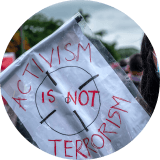
Spillover of protests from Thailand into Laos and Cambodia
Rising authoritarianism in the Philippines
Concessions to anti-government activists in Thailand would probably inspire activists in other nearby countries and lead to a spillover of social unrest and activism into Cambodia and Laos. Both share similarities with Thailand in terms of history and language, and have in the past experienced similar anti-government protests. Any such contagion effect would probably be preceded by social media campaigns with common hashtags used by protestors in the three countries.
Extradition of Hong Kong activists to the mainland
The transfer of detained pro-democracy activists to the mainland under a new security law passed in 2020, would signal the determination of Chinese authorities to use the law as a de-facto extradition treaty. 'It would also signal that Hong Kong to all intents and purposes lost its political and judicial independence, creating new risks for business and foreigners in the territory.
Increase in social discontent in the Philippines would probably indicate that the authorities are enforcing the new anti-terrorism act and cyber libel law to emulate censorship among critics of the government and crackdown on the opposition. Such steps would be either in line with or add to the already eroding legal protection in the country under the government of President Duterte.

Images: Ye Aung Thu; AFP Contributor; STR; Mladen Antonov; Anthony Wallace; Ezra Acayan/Getty Images
